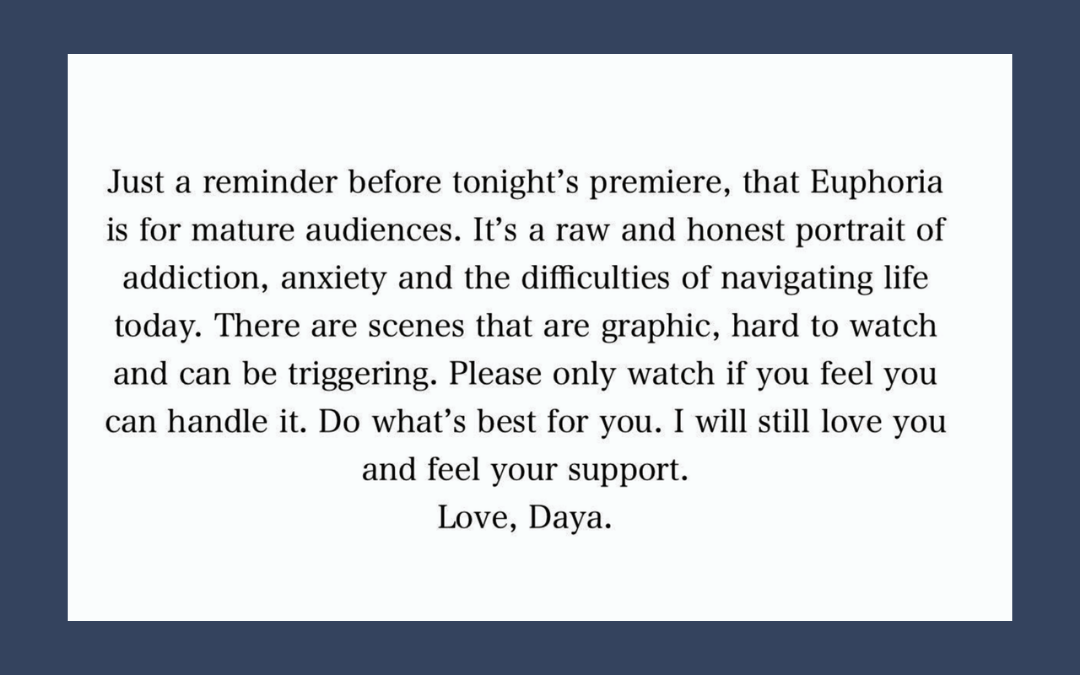Trigger Warnings: How to Address Painful Topics at Work
In the age of social media, it’s only too easy to come across something you didn’t want to see online. While it can be important to stay aware of current events and talk about difficult topics, sacrificing mental health for this sake can be harmful. Tumultuous news cycles, triggering posts that connect to real-life experiences, there are so many ways that the media we interact with can impact our mood and plans for the day.
In the workplace, the general approach to painful topics might be to just avoid them. But in some cases, these topics need to be addressed. For example, in an ERG for marginalized employees, members may discuss experiences of being discriminated against. In a workplace training session, employees might learn about anti-harassment policies, and examples of name-calling or other hurtful terminology.
Content and trigger warnings are often used to make online experiences safer. These practices can be applied to the workplace too - here’s how.
Consider putting warnings on material with sensitive content
You might have seen content/trigger warnings (sometimes abbreviated as ‘CW’ or ‘TW’) on social media. They are used to warn viewers that the content being shared may be painful or difficult to interact with for some.
Trigger and content warnings aren't intended to minimize discussion or prevent opposing perspectives. They exist to give viewers the option to decide whether or not consuming this content is worth their time and mental well-being.
What does ‘sensitive content’ include?
Content that has homophobic, transphobic, racist, sexist, ableist or other discriminatory remarks needs warnings. Exercise your judgement to see if the content provides more hurt than help. In that case it may also be better to not include it. Abuse, assault, addiction and violence are also difficult topics that need to have warnings and be addressed carefully. These are all types of content that can trigger - incite painful memories and thoughts or cause distress to viewers. You can be more specific about labels for triggers if you would like to.
A screenshot of a tweet with a content warning by Crescendo.
How do I write a content/trigger warning?
An example of a content warning by actress Zendaya, who posted this on social media before the premiere of the show Euphoria.
Content warnings can be different for different audiences. But in any case, it’s important to lead with compassion. If you’re making a detailed statement about recent events, recognize the impact that these have on individuals. When sharing content, start with the type of trigger first so that viewers can be aware of it before deciding to engage. Inform them of the media or information you are sharing with them and why you are sharing it, before going into detail.
Where can I place content warnings?
Depending on the subject matter of your content, you can put content warnings on slideshows, in messages that link to articles, during public talks, training sessions etc. The point is to make your audience aware of what they will interact with and give them the opportunity to decide whether it is worth their time. If you’re having a team discussion on anti-Asian racism for instance, you might let your teammates know what you will be covering so that they have a chance to opt out if they would like to.
📝 Tip: Try putting links to sensitive content in a message thread
Especially in the case of links with sensitive titles or images, make sure to put these in a thread below the initial message that explains the content warning. This prevents the content from being encountered by accident. For a message sent in a Slack workplace channel for instance, this practice allows people to skip the content if they want to. See the image below for an example of a content warning being used when sharing a piece of insightful content.
. . .
Content and trigger warnings can really help to let others know what kind of media they are about to interact with. In the workplace, their role isn’t to prevent discussion, but to allow others the autonomy of choosing to interact with content. This is important today, in a world where we’re constantly barraged by media of all forms.
Curious about how to talk to your team about difficult topics or support a colleague? Here are some great reads for you:




